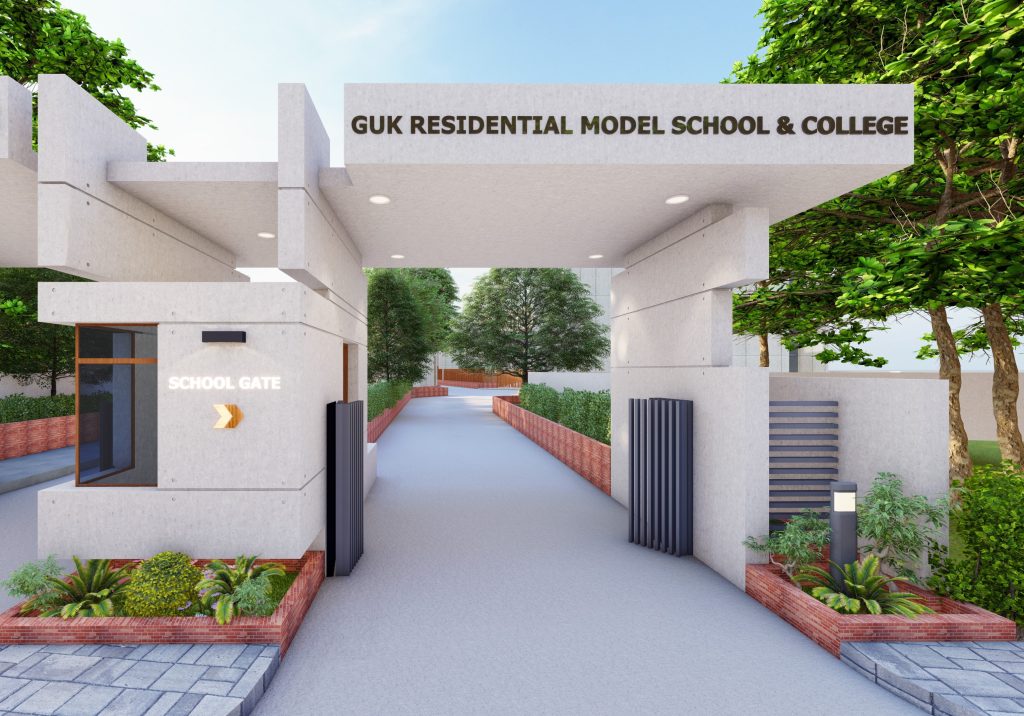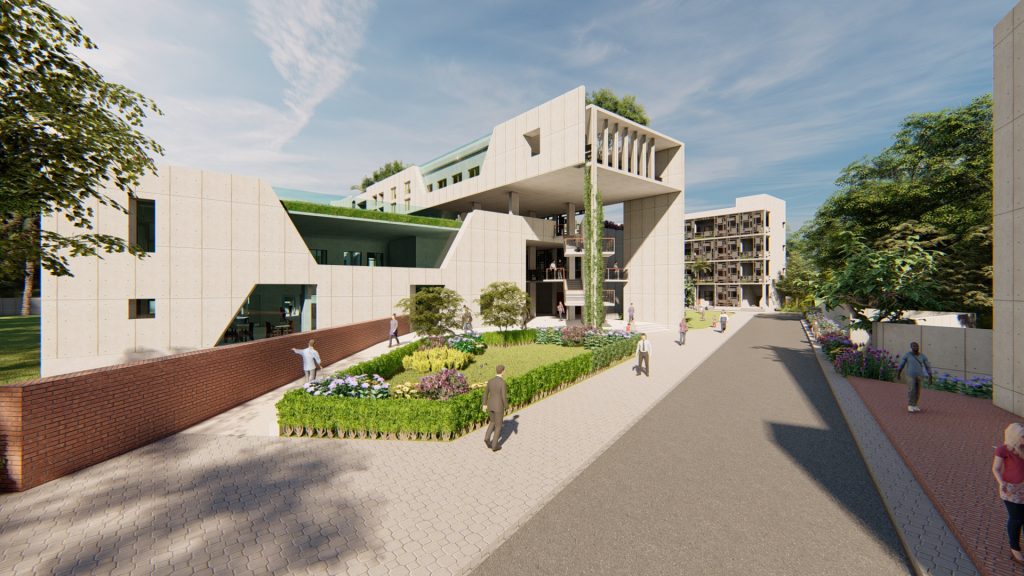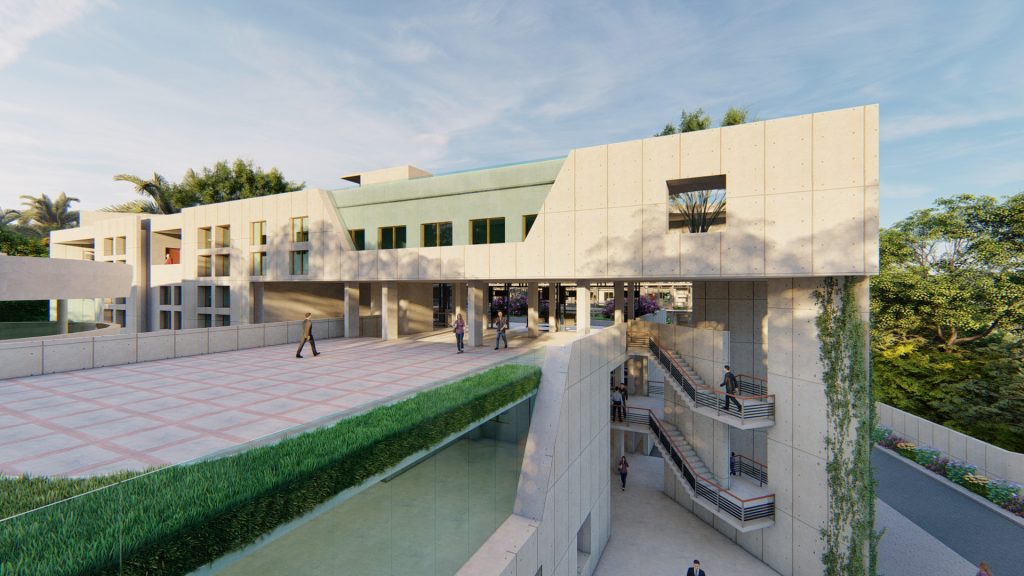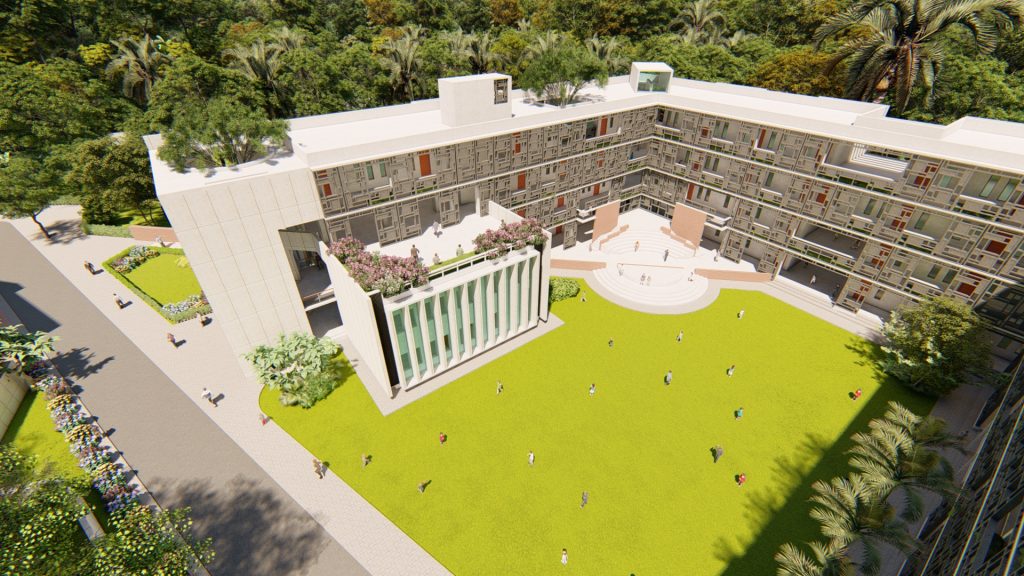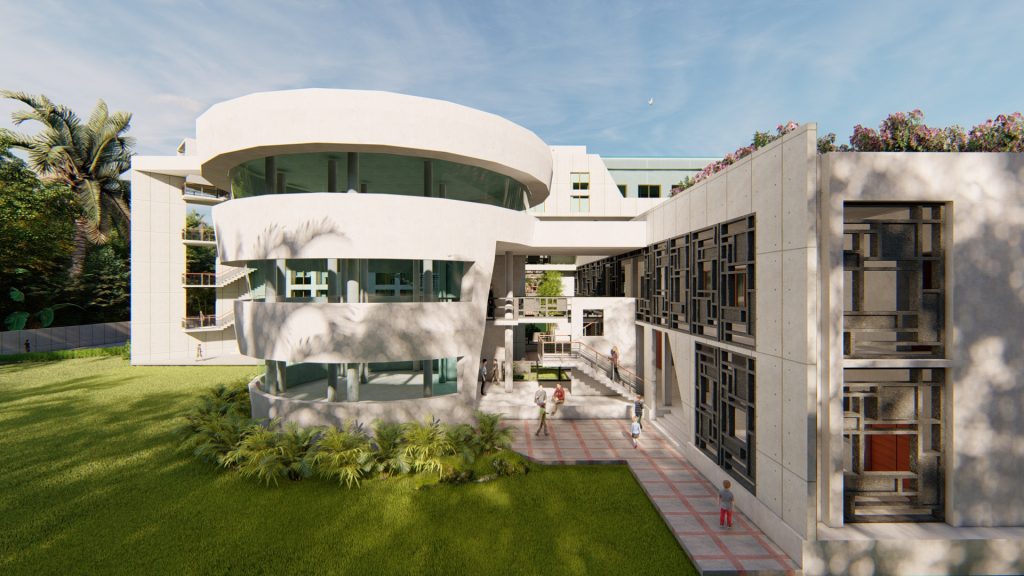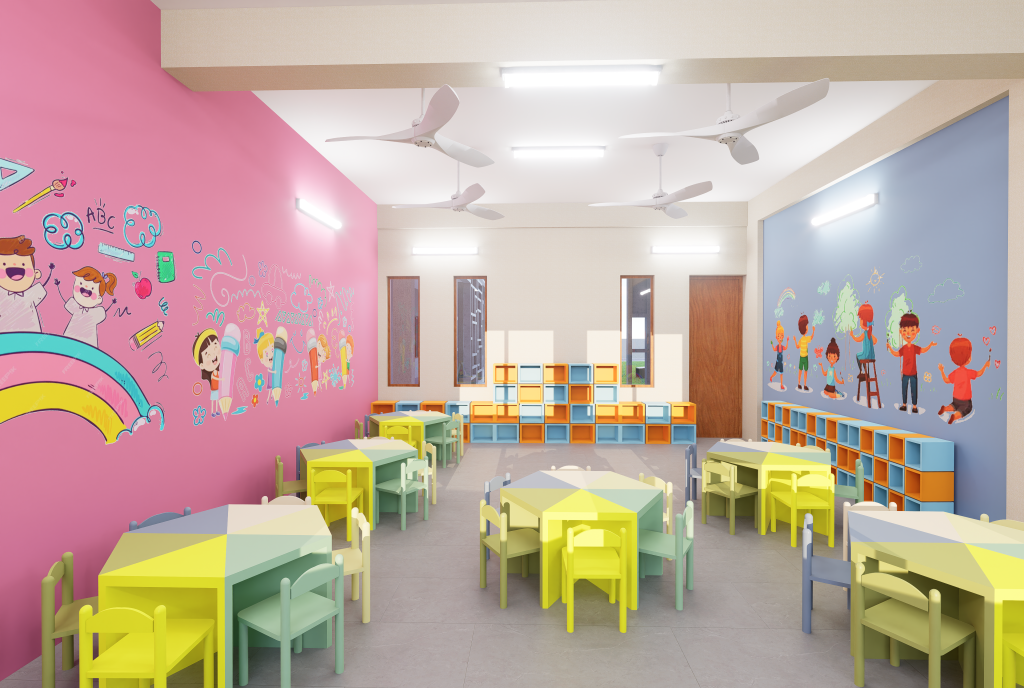Gaibandha, a northern district of Bangladesh, is a disaster and poverty-prone area which is surrounded by three big rivers, Teesta, Brahmaputra, and Jamuna. Geographically, Gaibandha is a pocket district and it is one of the poorest and most food insecure areas in Bangladesh. According to ‘Household Income and Expenditure Survey (HIES)-2016’ published by Bangladesh Bureau of Statistics (BBS), poverty rate of the district is 46.7 while the document mentioned 24.3% overall poverty rate in Bangladesh. Less level of economic development outside agriculture, widespread temporary unemployment and underemployment, very low wages, lack of skills and inputs contribute to continuing deprivation of this area. No industrial settlement has been established in this region. People living here have to experience natural disasters particularly frequent floods, river bank erosion, cold wave and droughts almost every year which put huge pressure on their livelihood. Many families are internally displaced every year due to river erosion. The economy of the area is completely dependent on agriculture, which cannot ensure working opportunities for landless day laborers round the year. Male members from many poor families go to other cities of the country in search of work leaving behind their wives and children in a vulnerable situation. Some people go abroad with the hope to change their fate, however, lack of proper information about safe migration leads them to seek support from informal channels, which increases the chances of trafficking, exploitation, and abuse. Due to lack of skills and employment opportunities, young suffer from frustration and get involved in various antisocial activities which brings disorder in family as well as society. Farmers do not get fair price of their products due to lack of storage and marketing facilities. People have very limited access to public and private resources.
This area is severely impacted by climate change which affects women more severely than men. They have to experience severe problems during floods and separated women, children and Persons with Disabilities become usually the most helpless. Women living here are always deprived from various opportunities due to economic and social reasons which lead to gender inequality in family and society that makes barriers for women’s participation in economic activities. Young women face multi-dimensional difficulties and constraints. They have limited access to education that force them to get early marriage and consequently, suffer from various health complications due to inadequate health facilities. Pregnant and lactating mothers as well as children living in the remotest locations suffer from malnutrition. Women’s right and dignity are hampered fatally in the hard-to-reach areas, especially in the river island (char) areas. Not only physical and psychological violence, divorce, Nikah Halala, child marriage, and dowry, unlawful rulings or Fatwa are also used as weapons against women. Some dedicated social activists established Gana Unnayan Kendra (GUK) in 1985 to work for the disadvantaged and destitute people of this area with the purpose to bring positive and sustainable changes in their lives. GUK started its journey from Gaibandha and gradually expanded other locations in Bangladesh. Presently, it is implementing various development programme in 15 districts in the country including Rohingya response in Cox’s Bazar. The organisation has capacity to respond any disaster in Bangladesh using its experiences and skilled staff members.
শিক্ষাক্ষেত্রে নতুন সম্ভাবনার দ্বার খুলছে গণ উন্নয়ন কেন্দ্র (জিইউকে)
